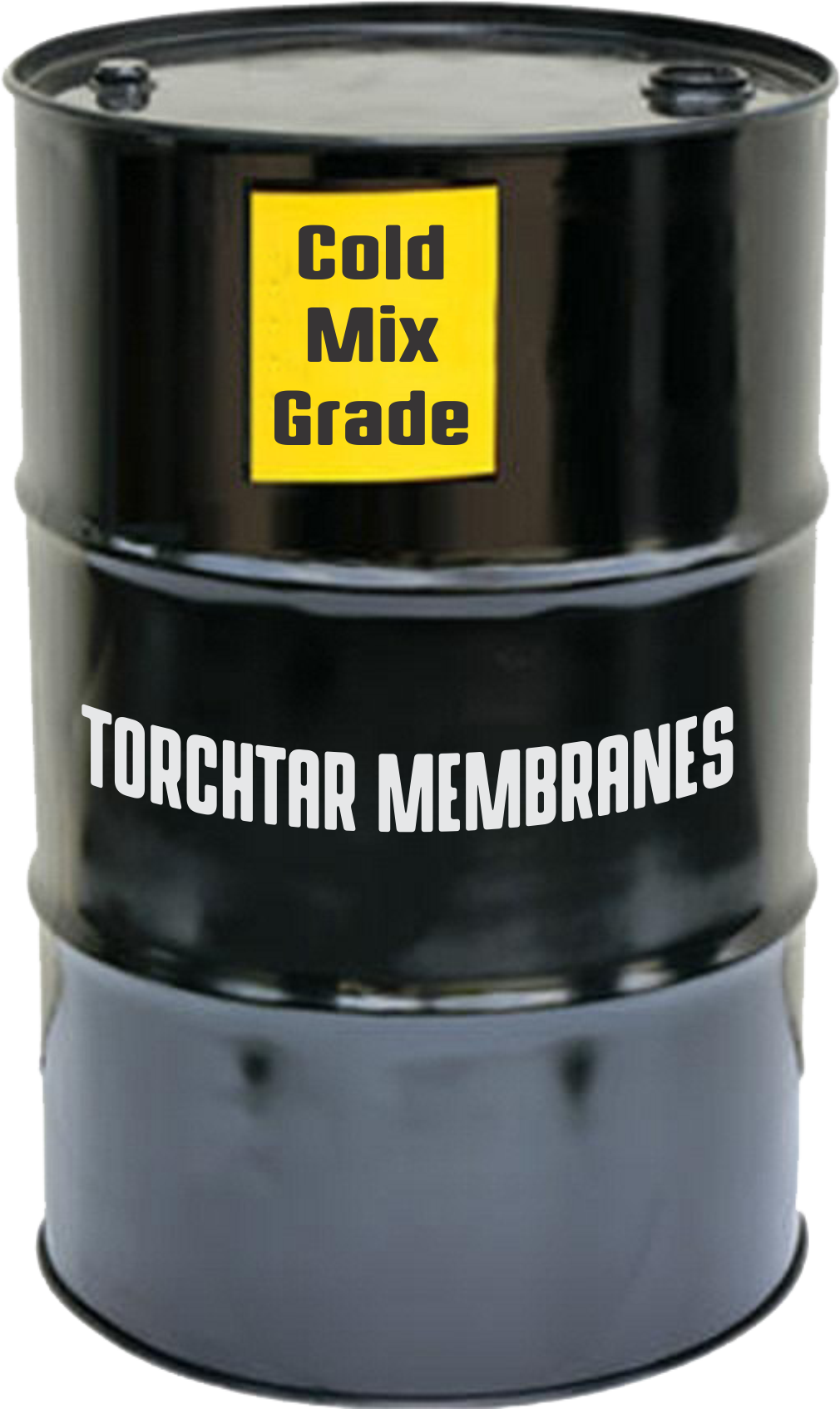Bitumen Emulsion (Anionic)
For anionic emulsions, there are several grades of different breaking characteristics. Rapid-setting emulsions are used for surface dressing, while medium or slow-setting emulsions are used for ‘mixtures’, that is mixed with aggregate either in concrete-type mixers or in situ. Rapid-setting emulsions are not used for mixtures because they would tend to set during the mixing process and clog the mixer. Generally, in making mixtures, the finer the aggregate used, the slower setting the emulsion that has to be used. Therefore, stone mixtures require medium-setting emulsions and sand mixtures require a slow-breaking emulsion. With anionic emulsions, the breaking process is predominantly by evaporation of the water in the emulsion continuous phase. Because of this, anionic emulsions are susceptible to temperature and humidity in terms of their breaking properties.
An Anionic bitumen emulsion has a negative charge, most of the things in the world are Anionic and that is why the majority of Research and Development, formulating, and lab testing has been done in the Industrial Coatings Industry to make coatings from Anionic systems.
